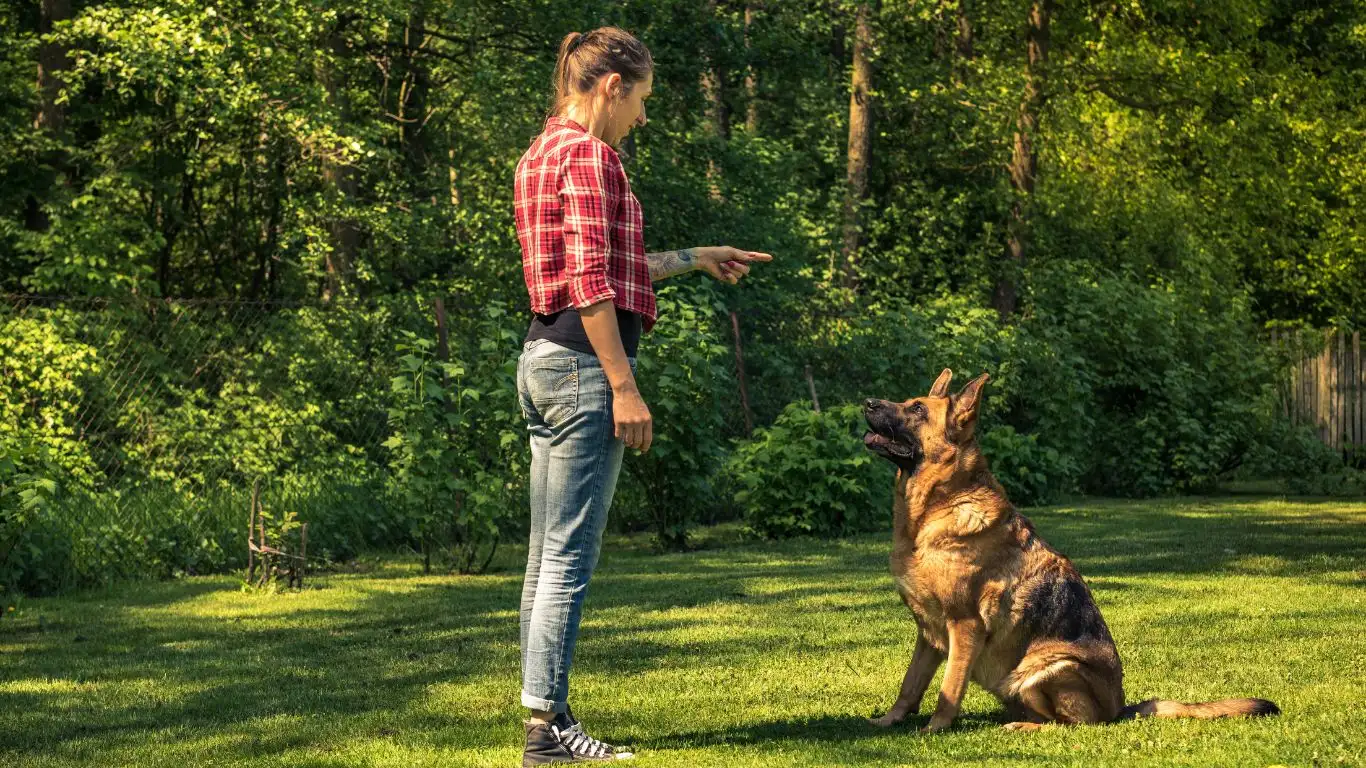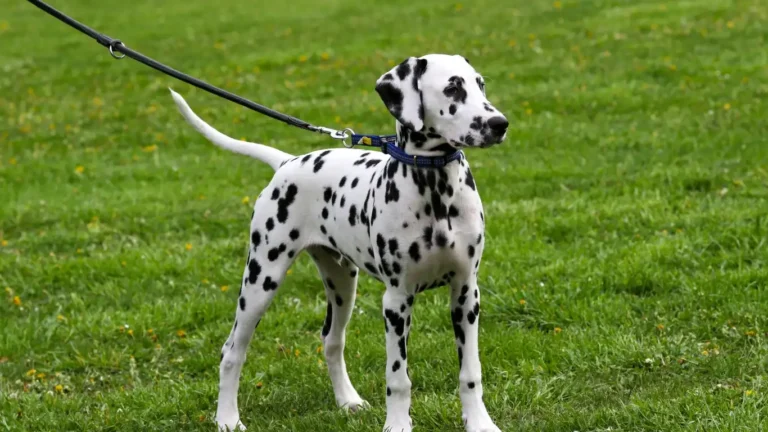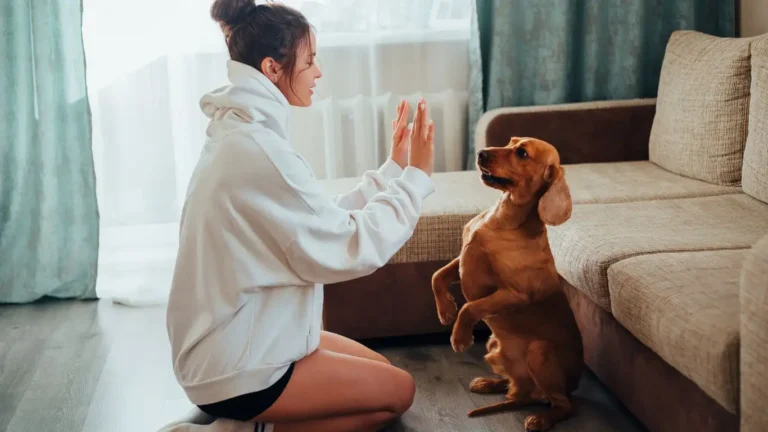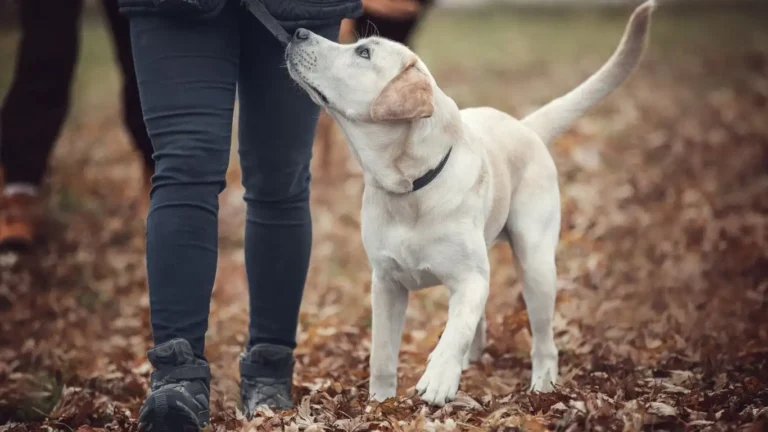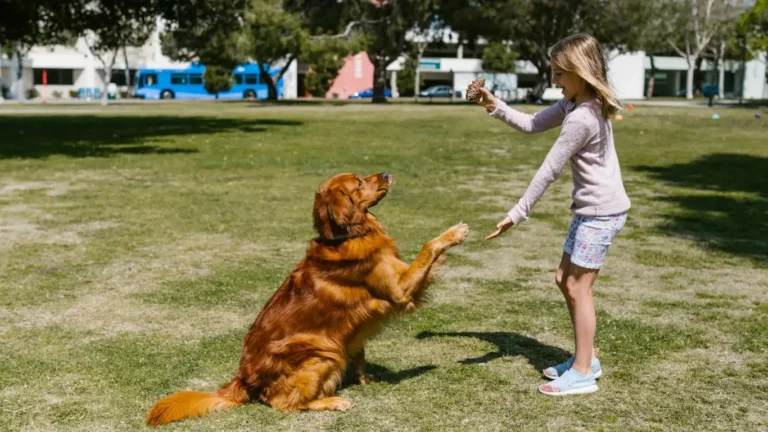Struggling? How to Train a Dog to Respect Your Personal Space Fast
Ever find yourself constantly nudging your pup away from your face, off your lap, or out of the bathroom while you’re just trying to brush your teeth? Yeah, I’ve been there too. As someone who’s spent years working as a vet tech specializing in canine nutrition and behavior, I’ve seen how common (and frustrating) it is when dogs don’t understand boundaries. Whether it’s a 10-pound Yorkie or a 90-pound Lab, knowing how to train a dog to respect your personal space fast isn’t just about convenience—it’s about maintaining a balanced relationship between you and your pup. So let’s talk about how to make that happen, without harsh discipline or confusing commands.
Why Your Dog Invades Your Space (And It’s Not to Annoy You)
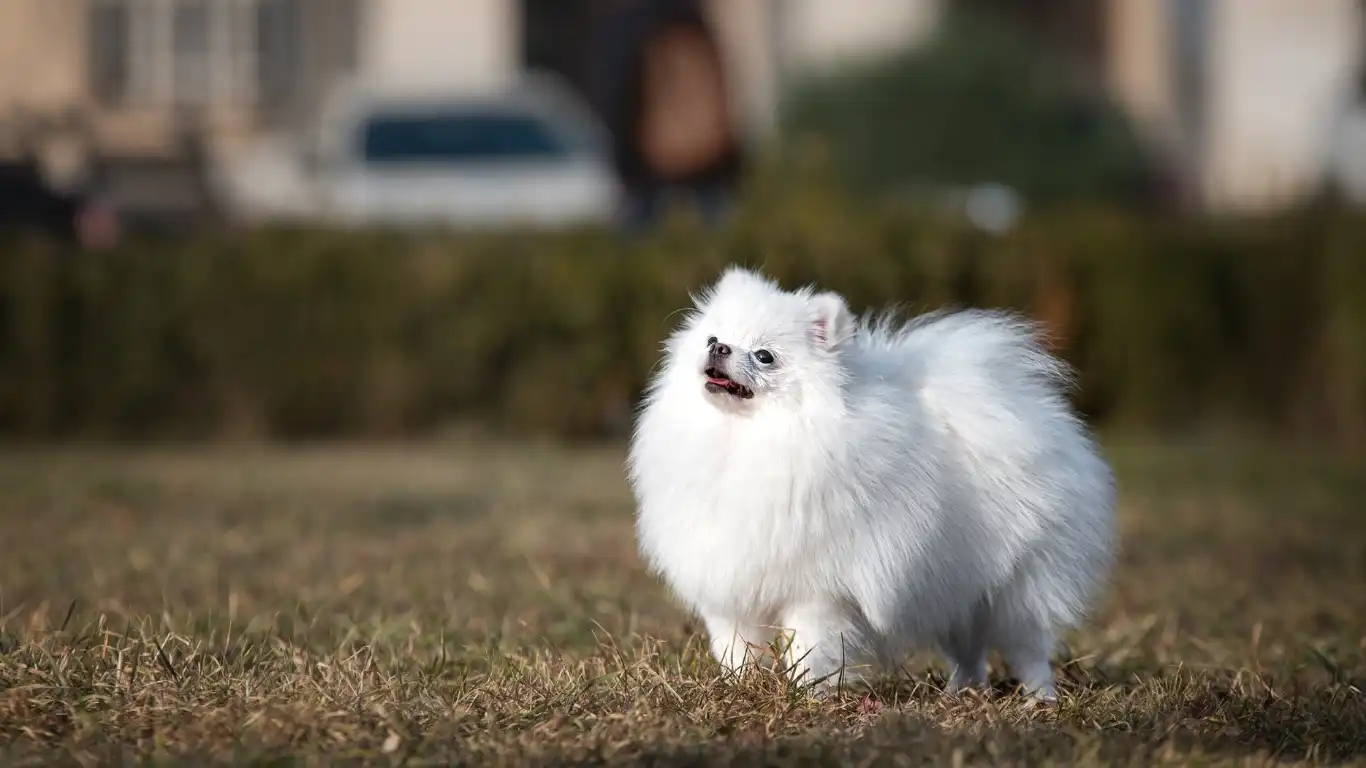
First off, let’s clear something up—dogs don’t push into your personal space out of disrespect. It’s usually one of three things: affection, anxiety, or a total lack of understanding about boundaries. And honestly? Most of the time, it’s that last one. Dogs are pack animals. In the wild, they sleep in piles and move together. So when your dog follows you into the bathroom or insists on laying across your chest while you’re on the couch, they’re just doing what instinct tells them is “normal.”
But here’s the thing—what’s natural to them isn’t always healthy for your relationship. Dogs need guidance to learn what’s appropriate in a human household. That’s where training comes in.
Setting Boundaries Without Being a Jerk
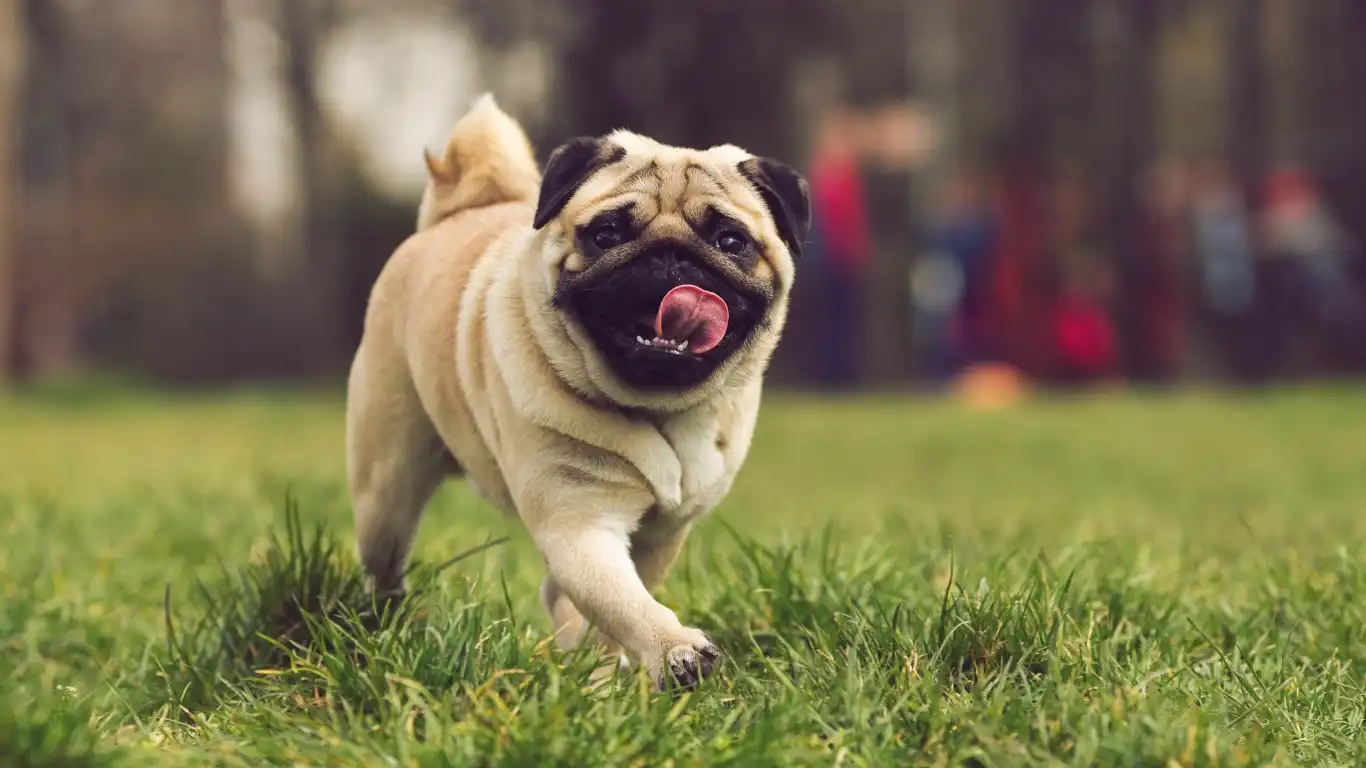
Start With a Calm Energy
This might sound a bit woo-woo, but trust me—it works. Dogs pick up on our vibes more than we realize. If you’re frantic or irritated while trying to enforce space rules, your dog will either mirror that energy or get confused. When I worked in a clinic, we used to say, “Be the calm in the chaos.” That same mindset works at home, too.
Use the “Place” Command
If you don’t already have a “Place” command in your toolkit, now’s the time to teach it. I used to train rescue dogs with serious boundary issues using this exact method:
- Pick a defined space (like a dog bed or mat).
- Lead your dog to it and say “Place” while guiding them with a leash.
- Once they’re on the bed, reward with a treat and say, “Good place!”
- Rinse and repeat until they get it—and keep sessions short and positive.
It doesn’t take long. One of the pitties I worked with learned it in under a week and it completely changed how he interacted with the family. Instead of barging into every room, he’d chill on his mat unless called. Game changer.
Body Blocking (a Trick I Learned From a Behaviorist)
Ever heard of body blocking? It’s not aggressive at all—it’s actually a dog-to-dog communication style we can mimic. If your dog enters your space without invitation, calmly step in their path and stand still until they back off a little. No yelling, no pushing. Just calmly asserting, “Not now, buddy.” After a few consistent repetitions, most dogs begin to get the message.
Consistency is More Important Than You Think
I know, I know—you’ve probably heard the word “consistency” so much it’s lost all meaning. But hear me out: dogs thrive on patterns. If one day you let your dog climb into your lap and the next you tell them “off,” they’re going to be confused. Pick a boundary and stick with it. And make sure everyone in the household is on the same page. I can’t count how many times I’ve seen clients undo progress because Dad sneaks the dog onto the couch when no one’s looking.
Respect Goes Both Ways
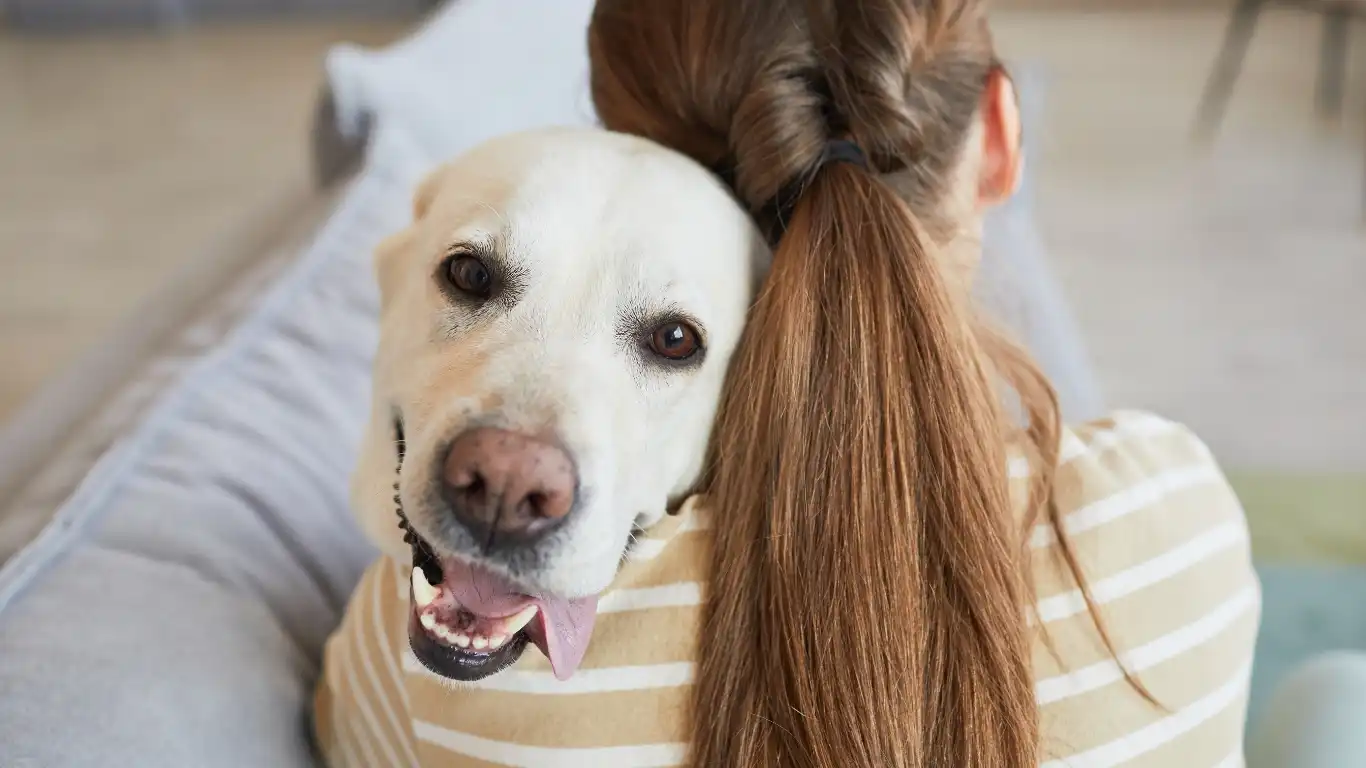
One thing I’ve learned over the years is that dogs respond best when they feel safe and understood. You can’t demand respect without showing it in return. That means giving them their own space, honoring their need for rest, and recognizing their unique personalities. Some dogs are naturally clingier, and that’s okay—it just means you’ll need a little more patience and structure to help them feel secure enough to give you space.
Practical Tools to Help Your Dog Respect Your Personal Space

Leash Training for Boundaries
One thing I can’t stress enough from my vet tech days is how powerful leash training can be—not just for walks but also for teaching your dog where they are allowed to go. When your dog is on a leash indoors, you have a gentle way to guide them away from areas you want to keep off-limits, like your workspace or the couch. It’s kind of like a soft “no” without raising your voice or making the dog feel punished.
Here’s a little trick I used to use with nervous dogs who didn’t get the whole “personal space” thing right away:
- Attach a leash inside, with just enough slack for them to move comfortably but not invade your immediate space.
- Redirect gently when they start creeping closer than you want, guiding them back to their designated “place” or spot.
- Reward calm behavior with treats or praise when they stay put without crowding you.
This method keeps things clear and consistent without overwhelming your pup. Plus, it’s a great way to introduce structure gradually.
Using Toys and Enrichment to Redirect Attention
Sometimes, dogs invade your space because they’re bored or seeking attention—and hey, who can blame them? Instead of just shooing them away, try offering a fun distraction. Interactive toys, puzzle feeders, or even a quick game of tug can work wonders.
I once worked with a golden retriever who was a total velcro dog, always underfoot and climbing all over the family. We found that setting up a few puzzle toys near their “place” not only kept them busy but also made staying put more rewarding than jumping all over people.
Pro tip: Rotate the toys every few days to keep things fresh and interesting, so your dog doesn’t lose interest.
Understanding Your Dog’s Body Language: When Space Means Stress
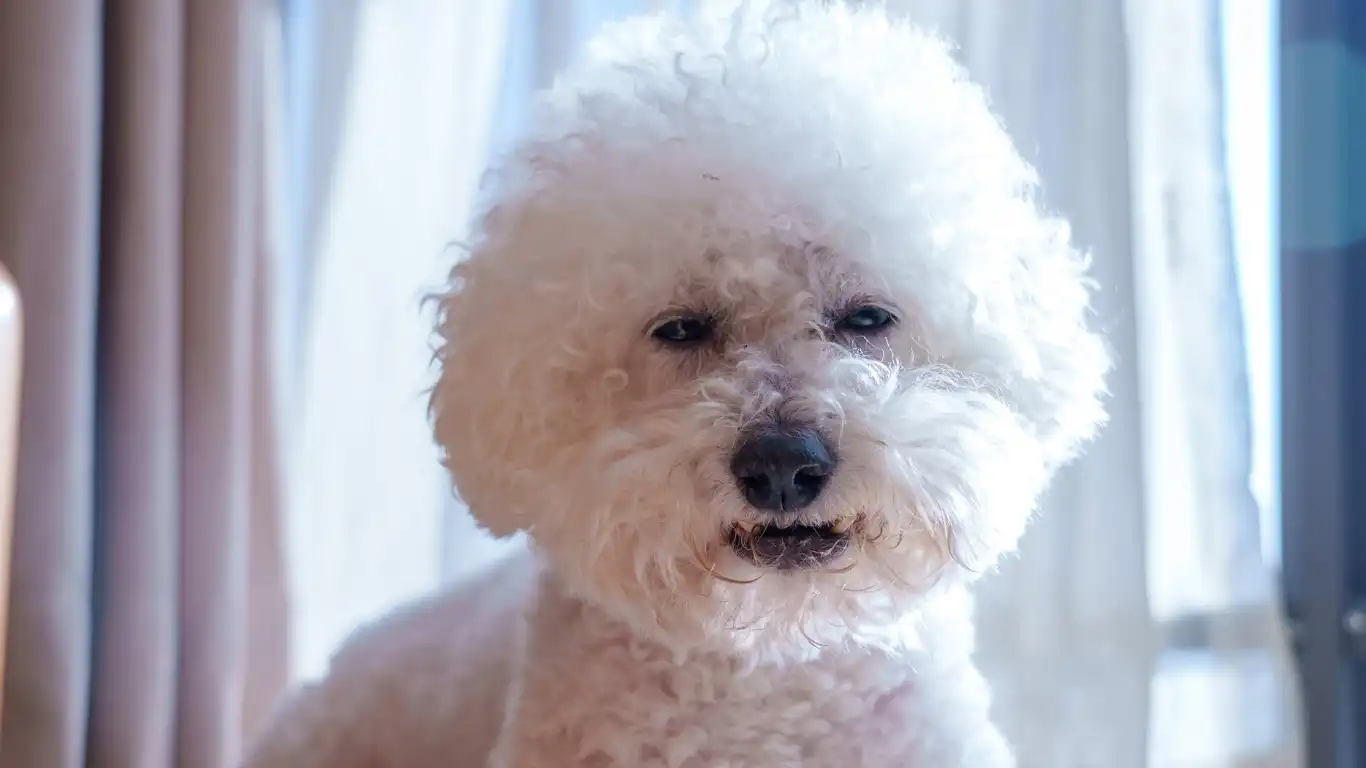
Signs Your Dog Is Stressed or Anxious
Knowing when your dog invades your space because they’re anxious can change your entire approach. In my time as a vet nurse, I’ve seen plenty of dogs who aren’t being deliberately pushy—they’re simply scared or unsure and seeking comfort.
Look out for these signs:
- Yawning, lip licking, or drooling when you’re not eating
- Avoiding eye contact or turning their head away
- Pacing or restlessness
- Tucked tail or lowered body posture
When you notice these, it’s a cue to be extra patient and maybe even give your dog a little more space until they calm down. Trying to force them back repeatedly can backfire and increase anxiety.
How to Help Anxious Dogs Respect Space
One thing I found super effective was combining gentle space training with positive reinforcement. That means rewarding your dog every time they *choose* to stay in their spot without crowding you. It’s a win-win: they learn that keeping their distance earns praise, and you get your personal space respected.
Also, try creating a safe, cozy area with their favorite bed or blanket where they can retreat when overwhelmed. Adding a calming pheromone diffuser or soft music (yes, it really helps!) can create a peaceful vibe that encourages them to chill rather than crowd.
Advanced Tips: When Personal Space Training Needs a Boost

Work With a Professional Trainer If Needed
Sometimes, no matter how many treats or commands you throw at it, a dog’s boundary issues run deeper—especially with rescue dogs or pups who have experienced trauma. In these cases, getting help from a certified dog trainer or animal behaviorist can make all the difference.
I’ve seen firsthand how a tailored training plan can unlock progress when nothing else seemed to work. These pros often use gentle, science-backed methods to tackle anxiety and boundary-pushing behaviors with patience and precision.
Use Visual or Physical Barriers
For dogs who just don’t get the hint, setting up clear boundaries can help. Baby gates, exercise pens, or even just closing doors can give your dog a clear message: this space is off-limits unless invited. Combine these barriers with training, and you’re setting yourself up for success.
One client I worked with had a husky who just loved crashing into the kitchen while cooking. Adding a baby gate plus reinforcing the “Place” command helped establish the kitchen as a no-go zone during meal prep time.
Patience and Time Are Your Best Friends
Training your dog to respect personal space is rarely an overnight fix. In my experience, it’s a gradual process filled with ups and downs. Celebrate small victories, be consistent, and remember: your dog isn’t being difficult on purpose. They’re learning a whole new language—yours!
Maintaining Long-Term Respect for Your Personal Space

Keep Reinforcing the Rules—Even After Success
One thing that surprises a lot of dog owners is how quickly old habits can creep back if you slack off on training. When your dog starts to realize you’re not as strict as before, they might test boundaries again—kind of like how kids do! I’ve worked with many clients who got frustrated when their “perfectly trained” dog suddenly forgot all the space rules after a few weeks of relaxed supervision.
The key here? Consistency. Keep those “Place” sessions going a few times a day, even if just for a minute or two. Throw in treats or affection when they’re doing great, and gently remind them when they push limits. This isn’t about being harsh, but about keeping the communication clear and ongoing.
Adapt as Your Dog Grows and Changes
Just like people, dogs change over time. What worked when your pup was a playful teenager might need tweaking as they mature or if their health shifts. For example, a senior dog might seek more comfort close to you, or a high-energy young dog might test boundaries more often. From my years in veterinary care, I can tell you that staying in tune with your dog’s evolving needs helps keep your training relevant and effective.
Regularly reassess how your dog is doing with personal space boundaries. If you notice increased clinginess or boundary testing, it might be time for a refresher or a new approach.
How Nutrition and Health Affect Your Dog’s Behavior
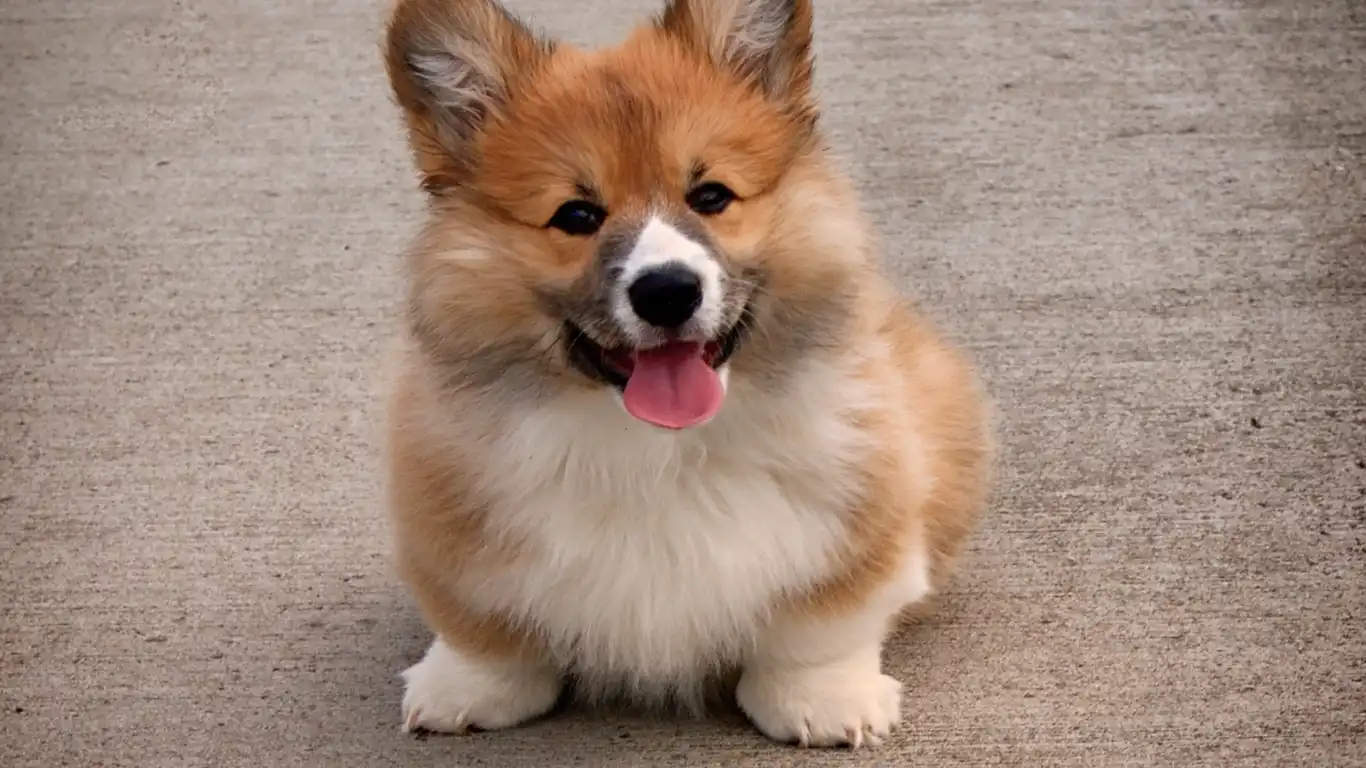
The Link Between Diet and Behavior
Something many people overlook is how much diet impacts a dog’s behavior—including their need to invade personal space. When I was a veterinary technician focusing on nutrition, I saw tons of dogs whose hyperactivity or anxiety improved significantly just by tweaking their food. A well-balanced diet with the right nutrients can make your dog calmer and more focused, which naturally helps with respecting boundaries.
If your dog is overly clingy or restless, it’s worth chatting with your vet or a pet nutritionist to see if their diet might be part of the issue. Sometimes small changes like adding omega-3 fatty acids, switching to a food with less filler, or ensuring they’re not getting too many treats can have a surprisingly big effect.
Health Checks to Rule Out Underlying Issues
Also, don’t forget that health problems can cause behavior changes. Pain, discomfort, or neurological issues might make a dog more clingy or restless. As a vet nurse, I always recommend keeping up with regular health checkups. If your dog suddenly starts invading your space more than usual, it’s a good idea to have them checked out to rule out any medical causes.
Wrapping Up Your Journey to Respectful Boundaries
Training a dog to respect your personal space is a process that blends patience, consistency, and understanding. From setting clear boundaries with the “Place” command to recognizing your dog’s body language and emotional state, every step matters. Remember, you’re not just teaching your dog rules—you’re building a relationship based on mutual respect and trust.
If you ever feel stuck, don’t hesitate to reach out to professionals like trainers or veterinary behaviorists. With the right tools and mindset, you and your dog can enjoy a happy, balanced life where everyone’s space is respected.
References
Disclaimer
The information provided in this article is based on my experience as a veterinary technician specializing in nutrition and behavior, combined with current best practices in dog training. However, every dog is unique, and behaviors can be influenced by many factors including health, breed, and environment. Always consult with your veterinarian or a certified dog trainer before starting any new training program or if you notice sudden changes in your dog’s behavior or health.
